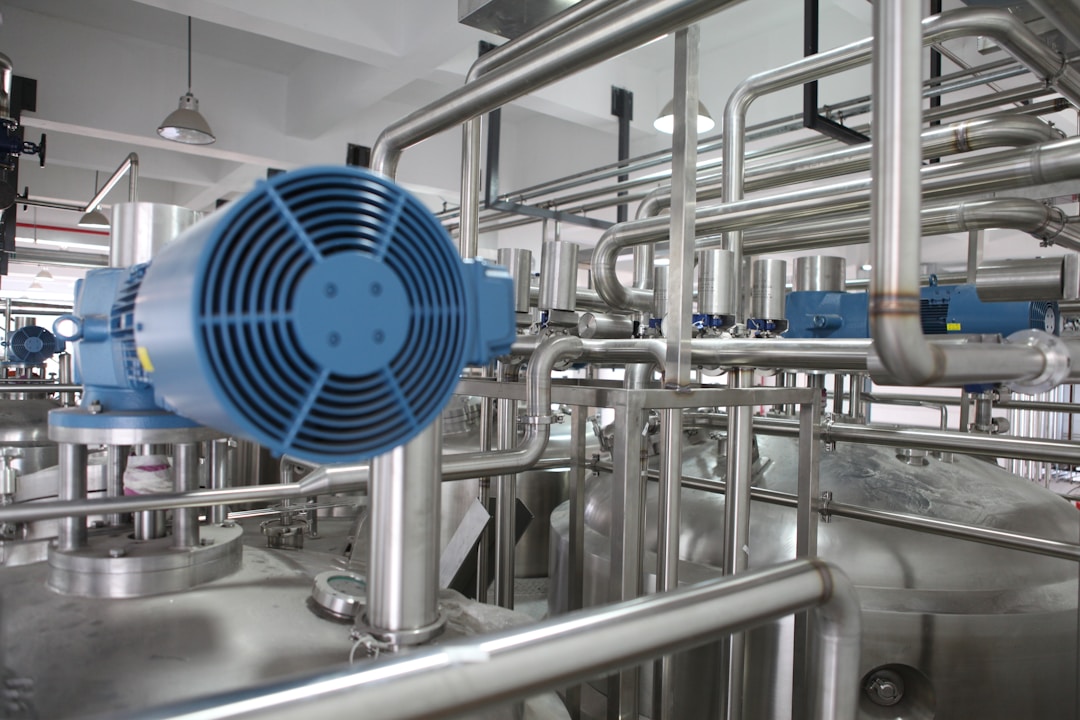We often overlook the small things that greatly change functionality and usability in our day-to-day lives, especially in industrial applications and home improvement projects. Caps and plugs are versatile elements that play a pivotal role in several domains. From offering protection to objects during shipping to preventing contaminants in pipes and tubes, caps and plugs provide an efficient solution. In this article, we take an in-depth look into different facets of these handy components, discussing their functionality, applications, and significance. Keep reading to learn more.
Understanding the Basics
Caps and plugs are both types of closures used to seal off the ends of a pipe, tube, or other such opening. While they are commonly mistaken for each other, both have different functionalities and are used in various applications. Caps are utilized to cover the outside of an object, while plugs are designed to seal an inner diameter. Caps and plugs are available in a range of materials, including plastic, metal, and rubber, among others.
Though seemingly small, they play an integral role in numerous sectors, including automotive, manufacturing, agriculture, oil, gas, and chemical industries. Whether to ensure safety, reduce contamination risk, maintain internal pressure, or simply enhance the look, caps, and plugs have made a place for themselves in different operating environments.
Picking the right type of cap or plug for different needs requires a clear understanding of the operational necessities and the end goal. For instance, protective plugs and caps are often used during manufacturing, shipping, and distribution to protect valuable parts from dust, dirt, moisture, and damage. In the process, these protective barriers ensure that the integrity and functionality of the components are maintained.
The Use of Caps and Plugs in Different Industries

The use of caps and plugs is universal and can be seen in almost every sphere of industry. Their function dictates their need and requirement to provide protection and facilitate the operation of machinery and equipment. In the automotive sector, they ensure the integrity of engine components during assembly and transportation. Similarly, in the oil and gas industries, resilient caps and plugs are used to prevent leaks and contamination and to ensure safe and efficient operations.
Agriculture is another sector that benefits immensely from plugs and caps. Plugs can seal off supply lines when repairs or modifications are needed, while a simple cap can keep irrigation systems working efficiently by keeping out debris and pests. In manufacturing units, caps and plugs are commonly used to protect vital components from damage or contamination during production, reduction, and shipping.
One can also see an extensive usage of these in the construction industry. For instance, they’re used to seal off pipes and ductwork during construction to prevent ingress of dust, dirt, and other contaminants. Such examples are numerous and signify the versatility and omnipresence of caps and plugs across diverse sectors.
Safety and Regulatory Compliance
Safety is paramount in every industry. It’s not only a moral duty for businesses to ensure the safety of their workforce, but it’s also a legal requirement. Plastic plugs and caps have a significant role to play in maintaining safety standards by helping prevent accidents that can occur due to unprotected or open areas. For instance, by sealing off pipes and ductwork, they can prevent accidents that result from unexpected gas leaks.
Various governments and regulatory authorities have defined guidelines and standards for using caps and plugs in specific applications. Yet again, they play an essential role in ensuring businesses adhere to these guidelines, thereby avoiding potential lawsuits, penalties, or operational delays.
With time and technological advancement, the demand for customizable caps and plugs has also risen, considering their varied applications in different sectors. Multiple companies are constantly working towards developing innovative, functional, and compliant caps and plugs to meet this burgeoning demand, thereby emphasizing their significance in maintaining operational efficiency and regulatory compliance.
Trends and Innovations
As with any other industry, the plastic caps and plugs market is continuously evolving with new trends and innovations. For instance, the shift towards eco-friendly, recyclable materials for caps and plugs is a significant trend seen in recent years. Market players are making a conscious effort to reduce their carbon footprint and promote sustainability.
Besides sustainability, convenience, and user-friendliness have become crucial trends in the caps and plugs market. Manufacturers are focusing on creating products that are easy to install and remove, reducing the time and effort required for maintenance tasks. These easy-to-use plastic caps and plugs can significantly enhance worker efficiency and improve operational workflows in many industries.
Furthermore, the use of high-performance materials in the production of caps and plugs is another major trend. These materials offer superior resistance to extreme temperatures, chemicals, and wear and tear, making them an ideal choice for harsh operational environments. The ever-evolving trends and innovations highlight the dynamic nature of the plastic caps and plugs industry, promising a future of broadened applications and functionalities.
Maintenance Aspects of Caps and Plugs
Maintenance is integral to ensuring any industrial component’s long-term functionality and efficacy, and plastic caps and plugs are no exception. Regular check-ups and periodic cleaning can help in maintaining their optimal performance.
Some caps and plugs can withstand harsh cleaners and chemicals, while others may get damaged or deteriorate. So, it’s essential to understand the product specifications and follow the manufacturer’s recommendations for cleaning and maintenance. Additionally, during maintenance checks, if a cap or plug seems worn out, it should be replaced immediately to prevent any functional issues or safety threats.
Moreover, the use of high-quality plastic caps and plugs also translates to reduced maintenance work. Investing in superior-quality caps and plugs from reputable manufacturers can ensure their longevity, negating frequent replacement and thereby bringing down the total operational costs in the long run.
Choosing the Right Caps and Plugs

The wide range of caps and plugs available in the market may seem overwhelming, especially when trying to find the perfect fit for your specific industry and application. By bearing in mind a few essential factors such as material, size, application, and type of cap or plug, selecting the right product becomes a smoother task.
First, you need to consider the material. Different materials have different properties, like resistance to heat and chemicals, durability, and elasticity. The choice of material should align with the demands of the specific application. Next, consider the size—both internal and external. The cap or plug should fit perfectly into the component it’s supposed to protect.
Finally, it’s also crucial to consider the specific application. For instance, if the cap or plug is frequently removed and replaced, it may be worth investing in one designed with ease of use and a certain wall thickness. Remember, a well-chosen cap or plug can drastically enhance the longevity and performance of the component it protects.
The importance of caps and plugs in ensuring safety, efficiency, and functionality in various industrial applications cannot be overemphasized. Their versatile nature, coupled with their wide range of use across different industries, makes them an indispensable component in many operations.
Both businesses and consumers need to understand the significance and correct application of plastic caps and plugs to derive the maximum benefit from them. With continued advancements and trends in the industry, we are set to witness even more innovative uses, transforming the operational dynamics of numerous sectors.








